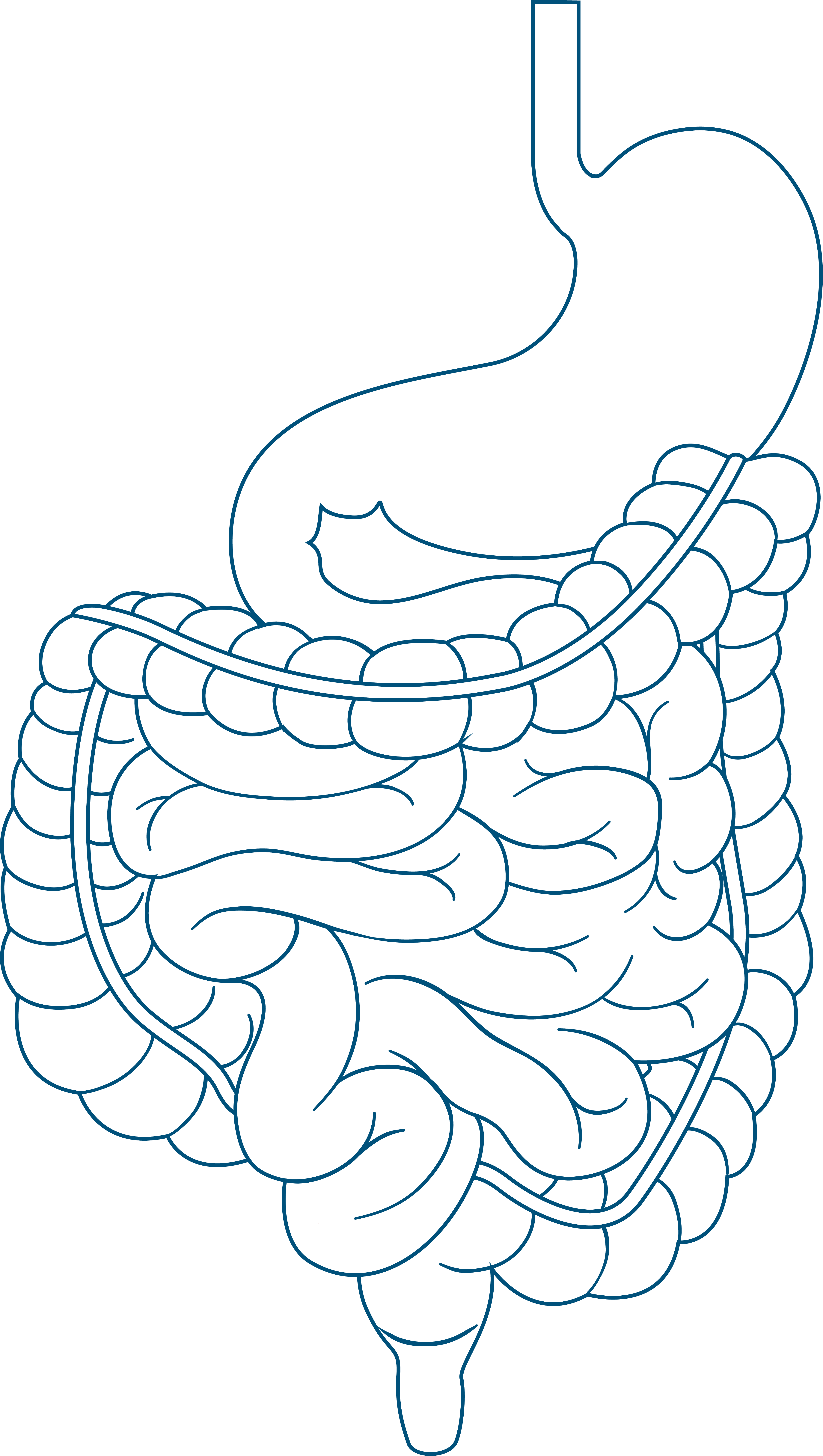
Drugs
Whether it concerns small molecules, peptide, proteins, or other biologicals, interactions of drugs and the gastrointestinal tract are complex and have crucial impacts on pharmacokinetics, efficacy and safety of therapeutic agents. ProDigest’s approach to recreate the in vivo physiology and microbiology as closely as possible in our in vitro simulators provides you with excellent tools to manage this complexity.
- Drug stability in the GI tract: gastric and small-intestinal stability of test products can be investigated with the upper GI tract simulator. Short-term or long-term simulations can be used for studying stability of APIs upon exposure to the microbiome, also over repeated administration. Also, physicochemical modifications due to the exposure to the different GI physiological environments can be studied.
- Drug pharmacokinetics: especially for small molecules, dissolution and absorption in the upper gastrointestinal tract is paramount for all oral formulations.
ProDigest launched the Diamod® in January 2021. By design, this simulator recreates the physical interconnection of the dissolution and permeation processes by reproducing the dynamic environment and physiology of the stomach, duodenum and jejunum. This results in an unprecedented in vivo-in vitro correlation of results, saving you precious time and budget in development and optimization of your formulations before initiating or during clinical trials.
- Drug formulation : the SHIME® and the Diamod® systems provide biorelevant in vitro verification of any kind of enabling or targeted formulations.
- Drug efficacy, pharmacodynamics and safety: for drugs like antibiotics or topical anti-inflammatory agents, the colonic simulators can be used to study effects and mechanisms of action both in the absence or presence of specific healthy and diseased microbiomes. Whereas the SHIME® offers a detailed insight in the long-term effects of the drug, the short-term colon and the Colon-on-a-plate® enable high-throughput comparison of multiple drug candidates at multiple concentrations or allow to investigate interindividual variability for personalized medicine approaches.
Our cell and immunomodulation models are a valuable extension of the simulations.

Research questions

Dissolution and permeation
Targeted delivery
Pharmacomicrobiomics
Effect on the gut wall


